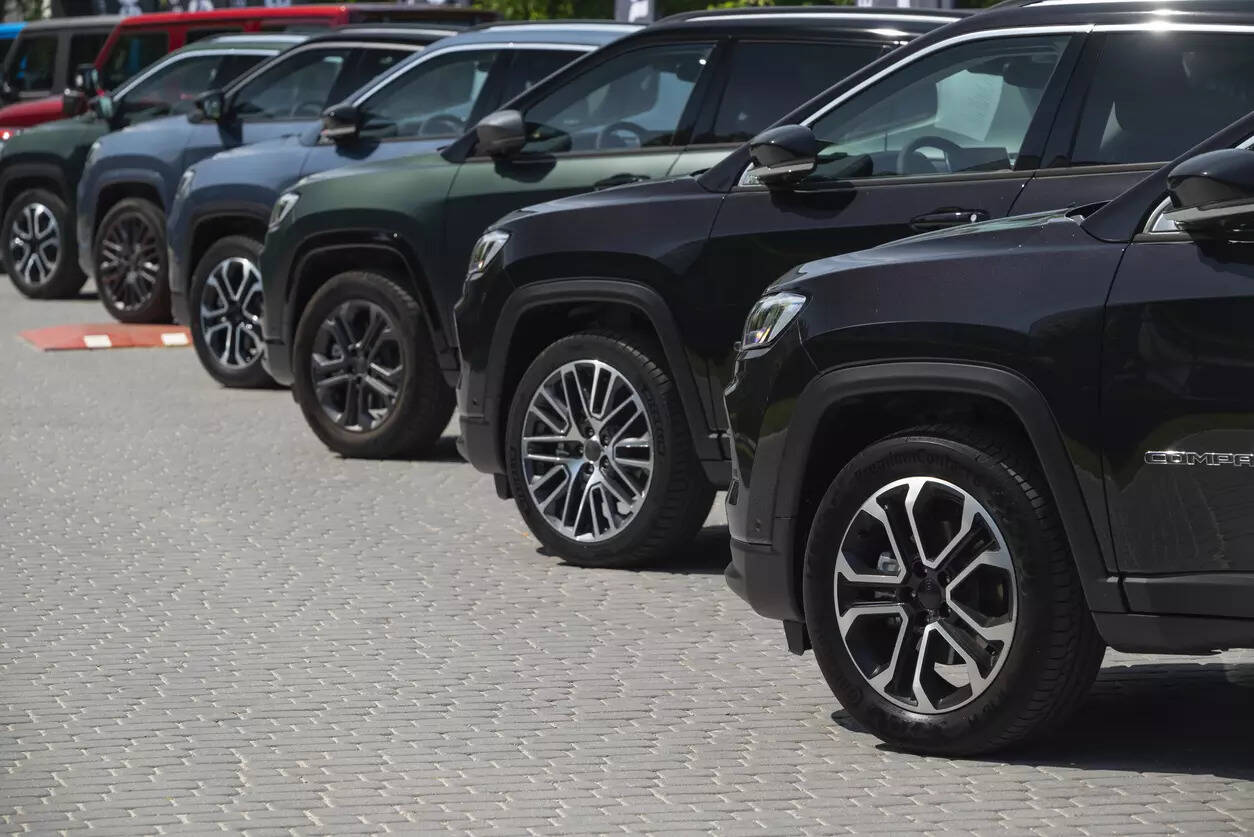
On the outskirts of this city of 21 million, a showroom in a shopping mall offers extraordinary deals on new cars.
Visitors can choose from some 5,000 vehicles. Locally made Audis are 50 per cent off. A seven-seater SUV from China’s FAW is about $22,300, more than 60 per cent below its sticker price.
These deals – offered by a company called Zcar, which says it buys in bulk from automakers and dealerships – are only possible because China has too many cars.
Years of subsidies and other government policies have aimed to make China a global automotive power and the world’s electric-vehicle leader. Domestic automakers have achieved those goals and more – and that’s the problem.
China has more domestic brands making more cars than the world’s biggest car market can absorb because the industry is striving to hit production targets influenced by government policy, instead of consumer demand, a Reuters examination has found. That makes turning a profit nearly impossible for almost all automakers here, industry executives say. Chinese electric vehicles start at less than $10,000; in the U.S., automakers offer just a few under $35,000.
Most Chinese dealers can’t make money, either, according to an industry survey published last month, because their lots are jammed with excess inventory. Dealers have responded by slashing prices. Some retailers register and insure unsold cars in bulk, a maneuver that allows automakers to record them as sold while helping dealers to qualify for factory rebates and bonuses from manufacturers. Unwanted vehicles get dumped onto gray-market traders like Zcar. Some surface on TikTok-style social-media sites in fire sales. Others are rebranded as “used” – even though their odometers show no mileage – and shipped overseas. Some wind up abandoned in weedy car graveyards.
These unusual practices are symptoms of a vastly oversupplied market – and point to a potential shakeout mirroring turmoil in China’s property market and solar industry, according to many industry figures and analysts. They stem from government policies that prioritize boosting sales and market share – in service of larger goals for employment and economic growth – over profitability and sustainable competition.
Local governments offer cheap land and subsidies to automakers in exchange for production and tax-revenue commitments, multiplying overcapacity across the country.
“When there is a directive from Beijing that this is a strategic industry, every provincial governor wants the car factory. They want to be in good shape with the party,” said Rupert Mitchell, an Australia-based macroeconomics commentator who previously worked at a Chinese EV startup. “Ultimately what happens is that it makes the existing auto sector double down on investment.”
This account of how oversupply is enfeebling China’s auto market even as the industry emerges as a world power is based on a Reuters review of thousands of car-sales listings and hundreds of government documents, state-media reports, court filings and consumer complaints.
Reporters also interviewed some 20 industry players, including dealers, buyers, analysts and manufacturing executives. Chinese brands now far outpace foreign rivals in delivering new models, Reuters has reported. But the same government policies that drove explosive growth and innovation in automaking are causing lose-lose transactions throughout the domestic sales chain.
China’s industry and commerce ministries didn’t respond to questions about the challenges facing the sector, the prospects for consolidation, and the role of government policies in fueling oversupply. China’s top economic planning agency, the National Development and Reform Commission, and the State Council Information Office, which handles media queries for the central government, didn’t respond to similar requests for comment.
The brewing crisis has larger implications for China’s economy, where the auto industry and related services comprise about one-tenth of gross domestic product. Chinese policymakers previously rejected accusations of overcapacity by US and European officials worried about cheap imports. But in recent months, Chinese officials have vowed to curb price wars in sectors including EVs and solar. The industry’s slack is striking:
Chinese automakers have factory capacity to produce twice the 27.5 million cars they made last year, according to consultancy Gasgoo Automotive Research Institute. The problem is especially acute in gasoline vehicles, for which demand has cratered in the past few years as Beijing encouraged EVs. At the same time, the number of EV factories proliferated as companies and local authorities piled in. AlixPartners, another consultancy, predicts only 15 of the 129 EV and hybrid brands in China will be financially viable by 2030.
China’s price war is now in its third year. The only escape would involve letting many automakers fail, some analysts say. But many Chinese officials have resisted that tough-love path, which industry analysts say would risk mass layoffs and falling consumer spending.
That leaves automakers and local governments locked in a downward spiral, said Yuhan Zhang, principal economist at The Conference Board’s China Center, a research group.
“They’re feeding each other, reinforcing each other, and that could trap the market in a vicious cycle,” he said. It’s not just Chinese automakers that are affected. Foreign brands are struggling to keep a foothold in the market, accounting for 31 per cent of car sales in China in the first seven months of this year, versus 62 per cent in 2020, according to the China Association of Automobile Manufacturers (CAAM). Overseas governments, especially in Europe, are fretting that an influx of cheap Chinese-made cars could ruin their domestic industries. The U.S. has all but banned Chinese cars over concerns about national security and unfair competition.
